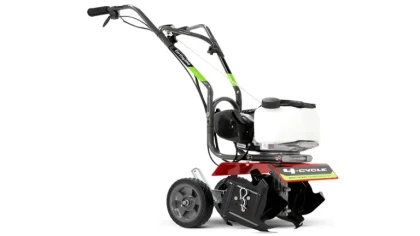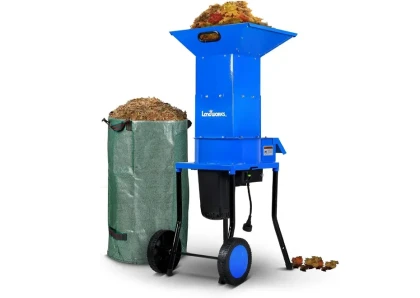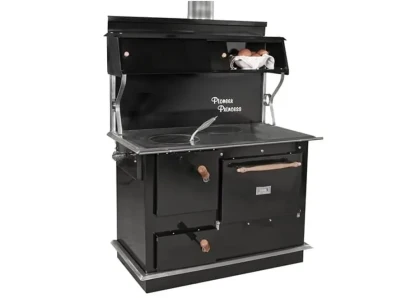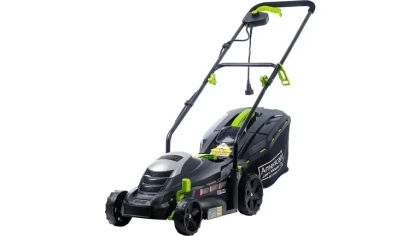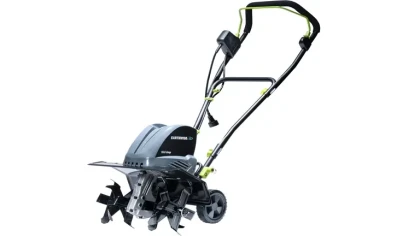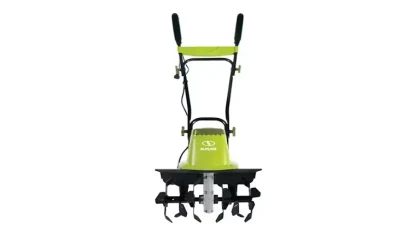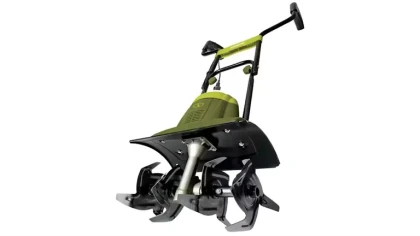
Dragline/Digging Mats
Overview
Dragline or digging mats, often known as crane or construction mats, are essential in heavy-duty construction, surface mining, and excavation projects. These mats provide a sturdy surface for heavy machinery, ensuring stability and safety during operation. Their primary function is to evenly distribute the weight of the equipment, thus reducing ground pressure and preventing the machinery from sinking into soft or unstable terrain.
These mats are crafted from durable materials such as high-strength woods or composite materials, designed to endure the stresses of heavy machinery like cranes and excavators. Their use not only enhances operational efficiency but also offers environmental benefits by minimizing soil compaction and reducing ground disturbance.
According to a study by the Construction Industry Manufacturers Association, there were an estimated 1.5 million dragline/digging mats in use in the United States in 2022. Of these, approximately 800,000 were owned by companies, while the remaining 700,000 were owned by individual citizens. The most common use for dragline/digging mats is in construction, with approximately 60% of all mats being used for this purpose. Other common uses include excavation, foundation work, landscaping, and demolition.
The use of dragline/digging mats has increased in recent years due to a number of factors, including the increasing size and weight of construction equipment, the need to improve safety on construction sites, and the growing environmental concerns about soil erosion.
Different Types of Dragline/Digging Mats
Dragline/digging mats come in a variety of types, distinguished by their materials and construction. Key types are timber, composite, and steel mats. Timber mats offer durability and cost-effectiveness, while composite mats provide a balance of light weight and high load capacity. On the other hand, steel mats are prized for their exceptional durability and wear resistance. Each type has its unique advantages, tailoring to various operational needs and budgets.
Different Types of Woods Used for Dragline/Digging Mats
Dragline/Digging Mats are constructed from diverse high-strength woods, each selected for its unique characteristics. Oak is a popular choice due to its exceptional strength and durability. Alternatives include Douglas fir, pine, and a blend of hardwoods. The choice depends on the project's specific needs and the operational region's distinct conditions.
Applications of Dragline/Digging Mats
Dragline/digging mats can be used for a variety of applications, including:
- Excavation
- Construction
- Pipeline installation
- Foundation work
- Landscaping
- Demolition
Benefits of Using Dragline/Digging Mats
There are several benefits to using dragline/digging mats, including:
- Enhanced safety: Utilizing these mats can bolster safety measures by preventing heavy machinery from sinking into unstable or soft terrain, thereby minimizing accident risks.
- Boosted efficiency Providing a stable platform for bulky equipment, these mats contribute to decreasing downtime and accelerating operational pace, thereby enhancing productivity.
- Diminished ecological footprint By thwarting soil erosion and contamination, these mats can lessen the environmental ramifications associated with construction and excavation ventures.
Cons of using dragline/digging mats
There are a few potential drawbacks to using dragline/digging mats, including:
- Expense: The cost of these mats can be high, particularly for extensive projects.
- Mobility: Transporting and maneuvering these mats can pose challenges, especially on rugged terrain.
- Storage: When not in active use, these mats can demand a considerable amount of storage space.
Treated options for dragline/digging mats
Mats can be treated with a variety of chemicals to improve their durability and lifespan. Some common treatments include:
- Pressure treatment: Enhances durability and lifespan by employing high-pressure water to impregnate the wood with a preservative.
- Hot-dip galvanization: Ensures corrosion resistance by enveloping the wood in a protective zinc layer.
Additional Tips
- Selection of mats should factor in the size and weight of the machinery they'll support, as well as the nature of the terrain where they'll be deployed.
- Routine inspections for signs of damage or degradation are essential to maintaining the mats' integrity.
- When not in service, mats should be kept in a dry, cool location to prolong their lifespan.
Cost of dragline/digging mats
The price of dragline/digging mats can fluctuate, contingent upon the mat's size, design, and construction material. As a rule of thumb, timber mats are usually more cost-effective than their steel counterparts. Furthermore, mats that have undergone treatment processes carry a higher price tag compared to those that are untreated.
Where Can I Buy Shiplap?
Discover high-quality dragline/digging mats at Forestry. Trust us to provide top-notch options that meet your dragline/digging mats needs. With our commitment to quality and customer satisfaction, find the perfect dragline/digging mats for your project. Contact us now to explore our extensive selection.
- We offer wholesale and bulk buying options for dragline/digging Mats
- Wide variety of shiplap
- Variety of grades and treatment options
- Knowledgeable team
- On-time completion
- Satisfaction guarantee
Conclusion
Dragline/Digging Mats are essential for heavy-duty operations, providing stability and safety while minimizing environmental impact. Their selection should be carefully considered based on project requirements, including load capacity and ground conditions. As with any investment, proper care and maintenance are key to maximizing their value.



